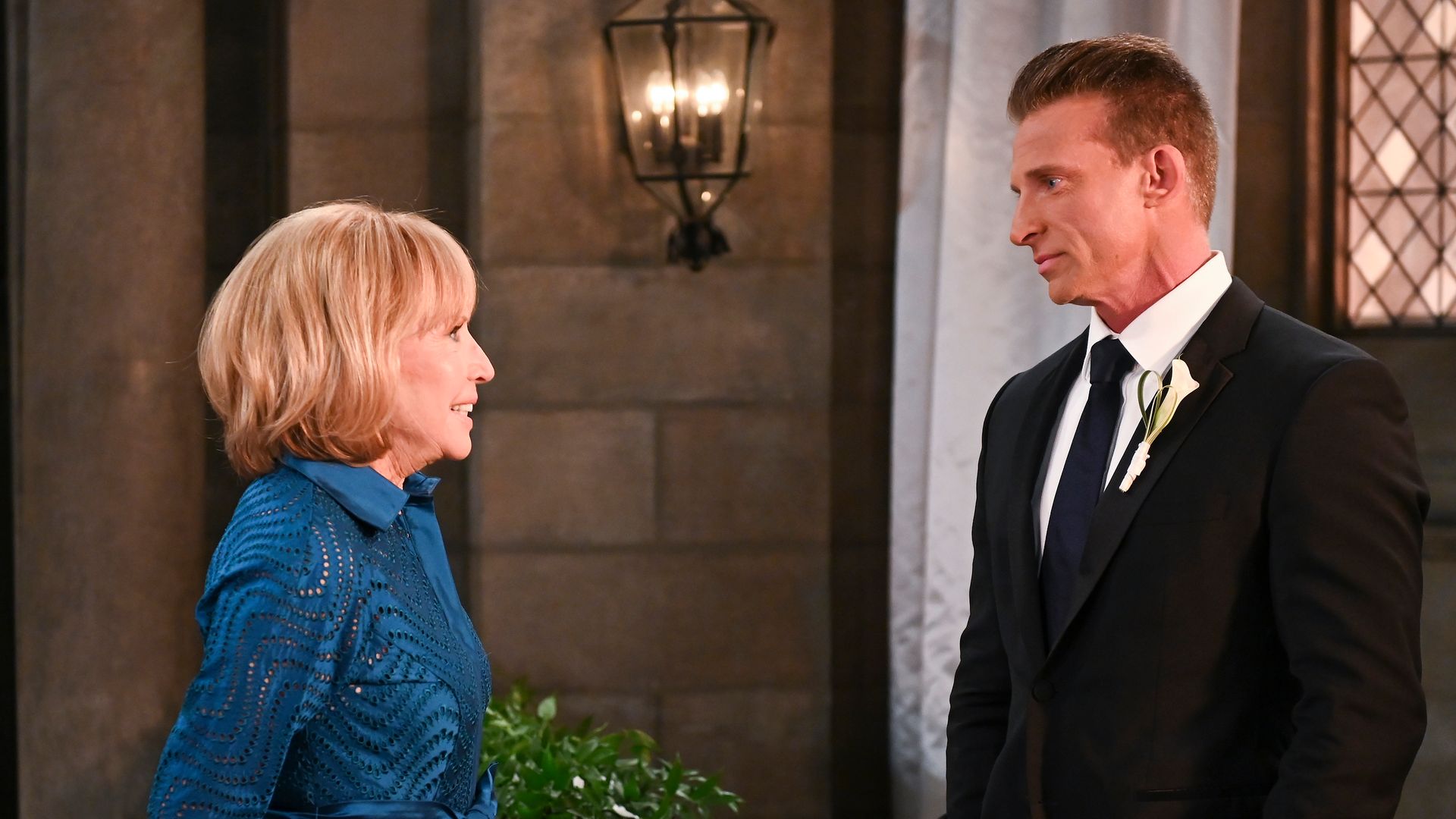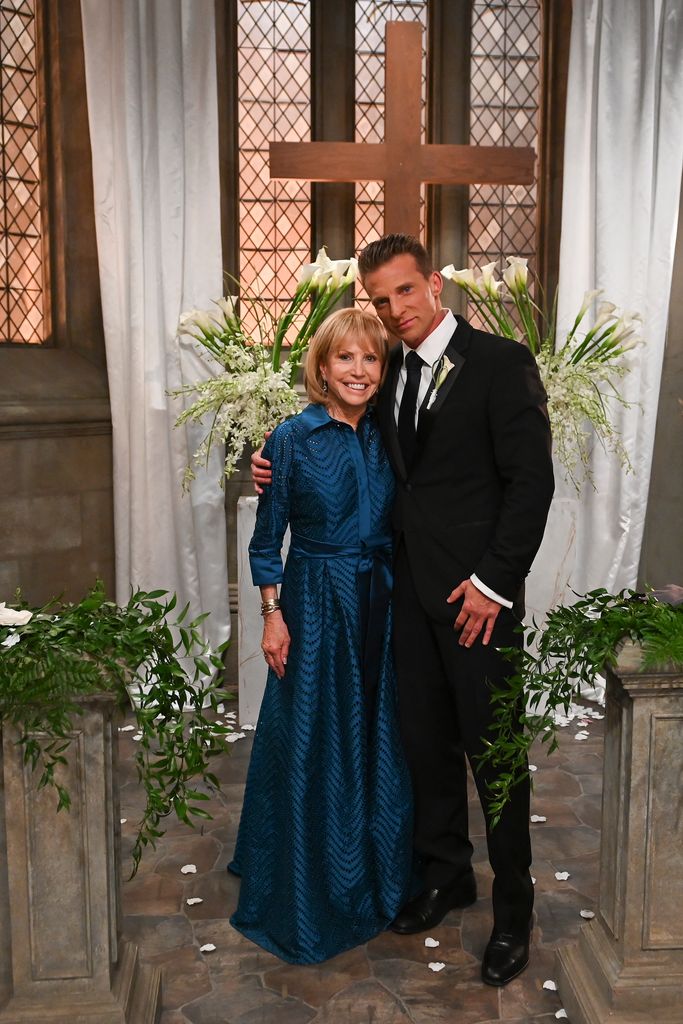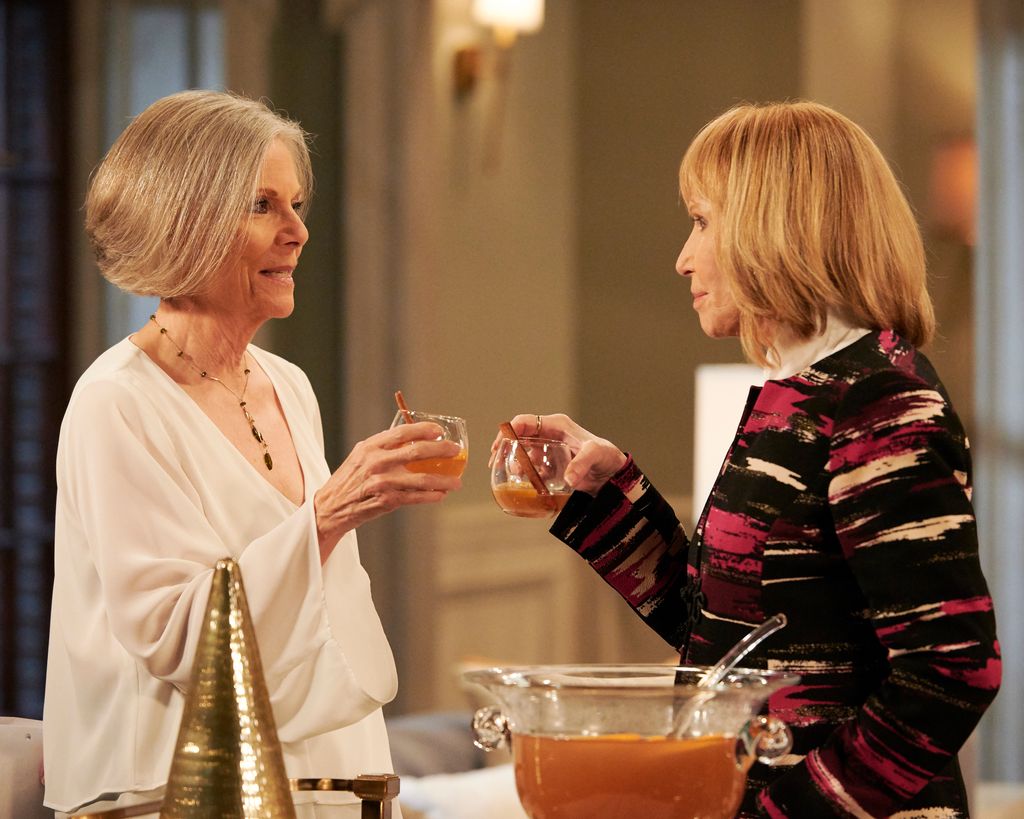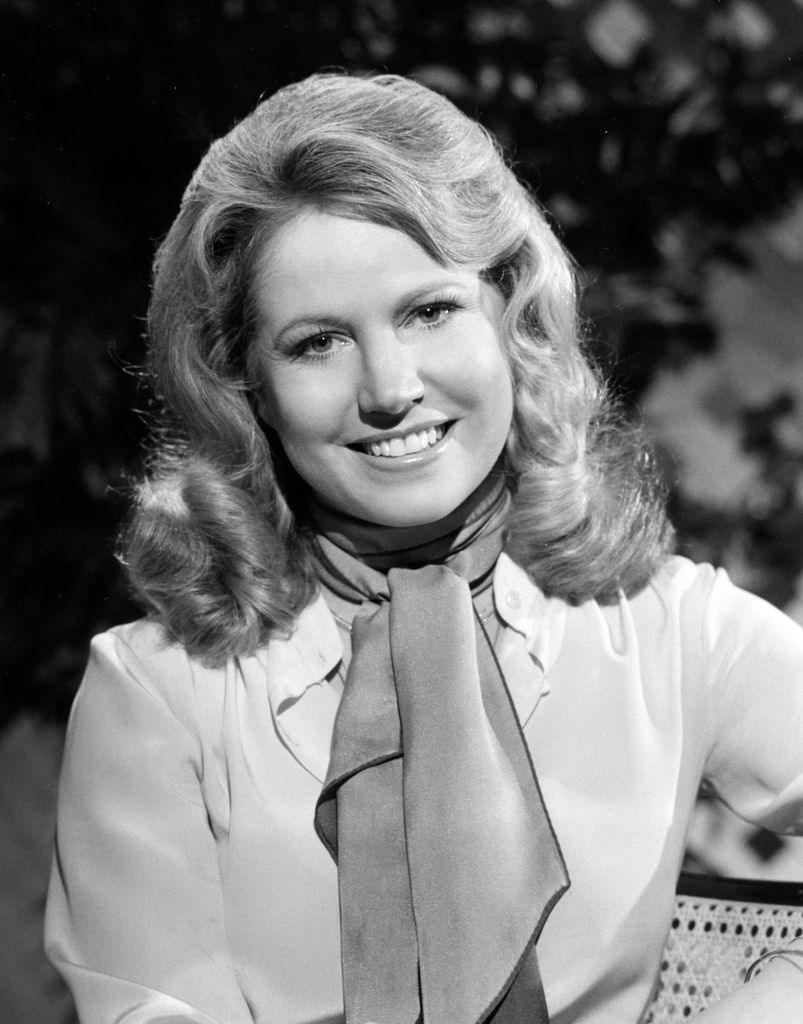General Hospital stars address ‘super painful’ farewell of beloved co-star after soap legend’s death. General Hospital stars Steve Burton and Jane Elliot opened up about their on-screen farewell of Leslie Charleson’s character Monica Quartermaine after her real-life funeral.

It’s an emotional week for General Hospital fans — and it was an emotional one for its actors too when the episodes were first filmed. This week, fans are officially bidding farewell to Dr. Monica Quartermaine, some months after the actress behind the character, Leslie Charleson, also passed away aged 79 and had her own memorial services. The late actress joined General Hospital in 1977 when she took over the role of Monica from Patsy Rahn, and was the longest-tenured cast member on the show before her departure in 2023.
Steve Burton, whose character Jacob Morgan was raised by Monica, speaking with Soaps, opened up about what filming those emotional funeral scenes were like, just weeks after Leslie’s real-life farewell. “Obviously, it wasn’t easy for anybody,” he first said,” noting: “The psychological part of already going to Leslie’s celebration of life and kind of moving past that, then re-opening the whole thing again was super painful.”
Recalling the real memorial for Leslie, which was back in February, Steve shared: “I’m grateful for the time we had together, and I’ll say this: Going to her celebration of life? She touched so many people,” adding: “What I don’t think the public knew, and I certainly didn’t know the extent of it, was how many people she touched.”
He went on: “How many people showed up and got up and said, ‘She changed my life. It’s a huge testament to the character of that woman, and it was such a blessing to be able to play her son,” and as for the on-screen celebration of life, Steve maintained: “They’re giving her the proper tribute. What we want, what the fans want and what she deserves.”









